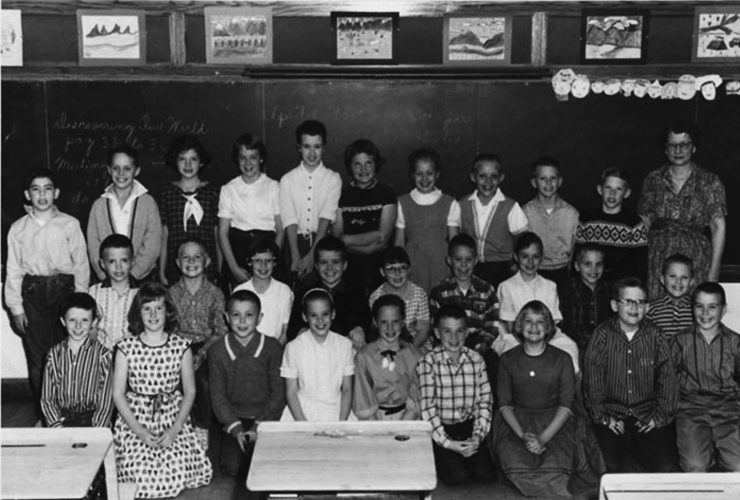 In the summer of 1999, a few months after the Littleton tragedy, I met Dr. Shep Kellam at a special meeting called by the Secretary of Education, Richard Riley, the Director of the National Institute of Justice, Jeremy Travis, and the director of the Office of Juvenile Justice and Delinquency Prevention.
In the summer of 1999, a few months after the Littleton tragedy, I met Dr. Shep Kellam at a special meeting called by the Secretary of Education, Richard Riley, the Director of the National Institute of Justice, Jeremy Travis, and the director of the Office of Juvenile Justice and Delinquency Prevention.
About 15 of us, as national experts, had been invited to meet with key national leaders about what to do about the shocking acts of multiple shootings in our schools.
Dr. Kellam’s work was of general knowledge to me, especially his long-term follow up studies. I did not know something, however, which is what lead to our zeal.
When Dr. Kellam stood up to talk, he began to tell a powerful story of this lifetime of work in the city of Baltimore, where some of the best science in the world has been done on the prevention of multiple problems of very high-risk children, youth and families.
Dr. Kellam said, “We found that the use of the Good Behavior game, played in first and second grade, changed the life course of children in inner city of Baltimore. We randomly assigned the most aggressive children to classrooms in 19 schools. Then, we randomly assigned teachers to learn how to do a classroom management strategy, called the Good Behavior Game. We’ve followed those children for many years now. In middle school, only a few of the kids who got the game were in lifetime serious trouble. Among the kids who did not get the game, many more had lifetime serious problems.”
“Shep,” I asked, “was this the same game that Harriet Barrish, Muriel Saunders and Mont Wolfe devised back in the 1960s?” “Yes.” “Oh, that’s a miracle result, Shep. Every classroom in the world needs to use the Game.”
ABOUT THE AUTHOR: Dr. Dennis Embry is the author of the PAX Good Behavior Game, and was a graduate student with the authors of the original Good Behavior Game. Dr. Embry holds a PhD in child and developmental psychology and the President/CEO of PAXIS Institute in Tucson, Arizona. PAXIS Institute has been founded to encourage the extensive collaboration between the science and practice of prevention in the United States and internationally.

